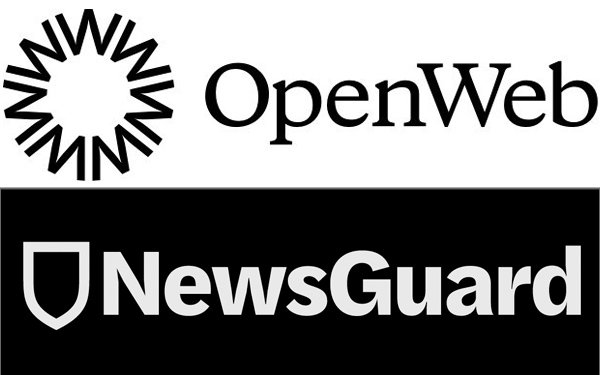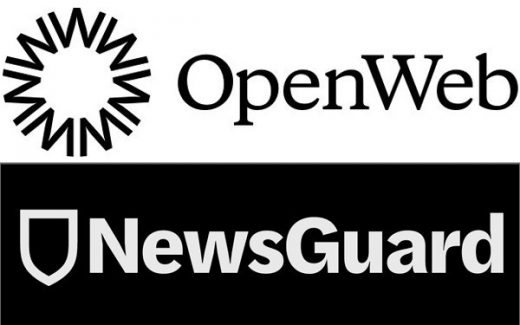OpenWeb Partners With NewsGuard To Combat Misinformation
OpenWeb Partners With NewsGuard To Combat Misinformation

OpenWeb on Thursday announced a partnership with NewsGuard, which provides human-curated reliability ratings for more than 7,000 news and information websites.
The partnership aims to help OpenWeb combat disinformation and ensure that it only partners with publishers publishing quality news.
The partnership builds on work that OpenWeb did earlier this year, updating its own publisher and content-moderation standards, as well as adding on third-party vetting partners in its Global Disinformation Index (GDI).
Through the partnership, OpenWeb will leverage NewsGuard’s rating criteria, which the company describes as a sort of “Nutrition Label” that provides transparency to readers and publishers around how each rating was determined.
NewsGuard allows all sites to comment on their ratings before being published. The rating is designed to evaluate the site’s credibility and transparency practices. Based on the nine criteria, sites receive a score ranging from zero to 100.
Those that score below 60 based on the NewsGuard criteria will receive a Red rating, indicating that the site is generally unreliable. Those scoring 60 or above get a Green rating, indicating that the site is generally reliable. This rating system aims to help evaluate OpenWeb’s current and future publishing partners on an ongoing basis.
Roee Goldberg, COO and co-founder of OpenWeb, believes NewsGuard’s tech and partnerships adds a layer of expertise to the enforcement of the company’s standards and mission to create safer environments for readers online.
NewsGuard also works with advertisers and agencies to help them steer advertising dollars away from sites spreading false narratives and direct those ad dollars to trustworthy news sites.
A recent NewsGuard report, published in partnership with Comscore, found that advertisers are unintentionally spending $2.6 billion a year on programmatic advertising on misinformation and hoax sites.
For example, more than 4,000 top brands placed ads on sites spreading COVID-19 hoaxes, and more than 1,600 brands advertised on sites that published falsehoods about the 2020 U.S. elections.
(35)


